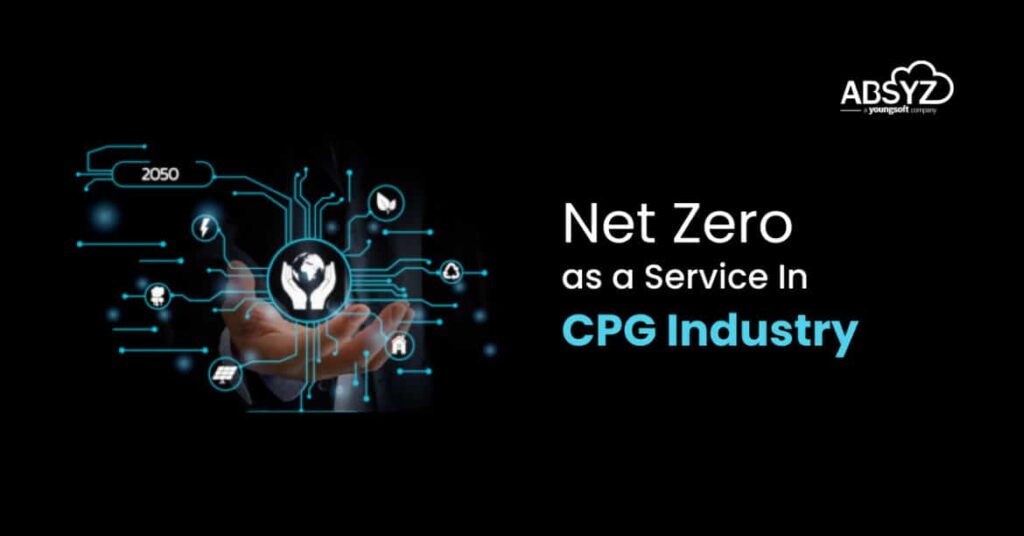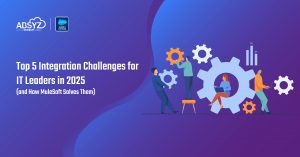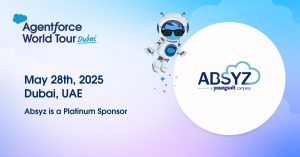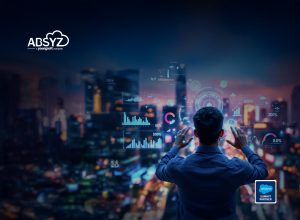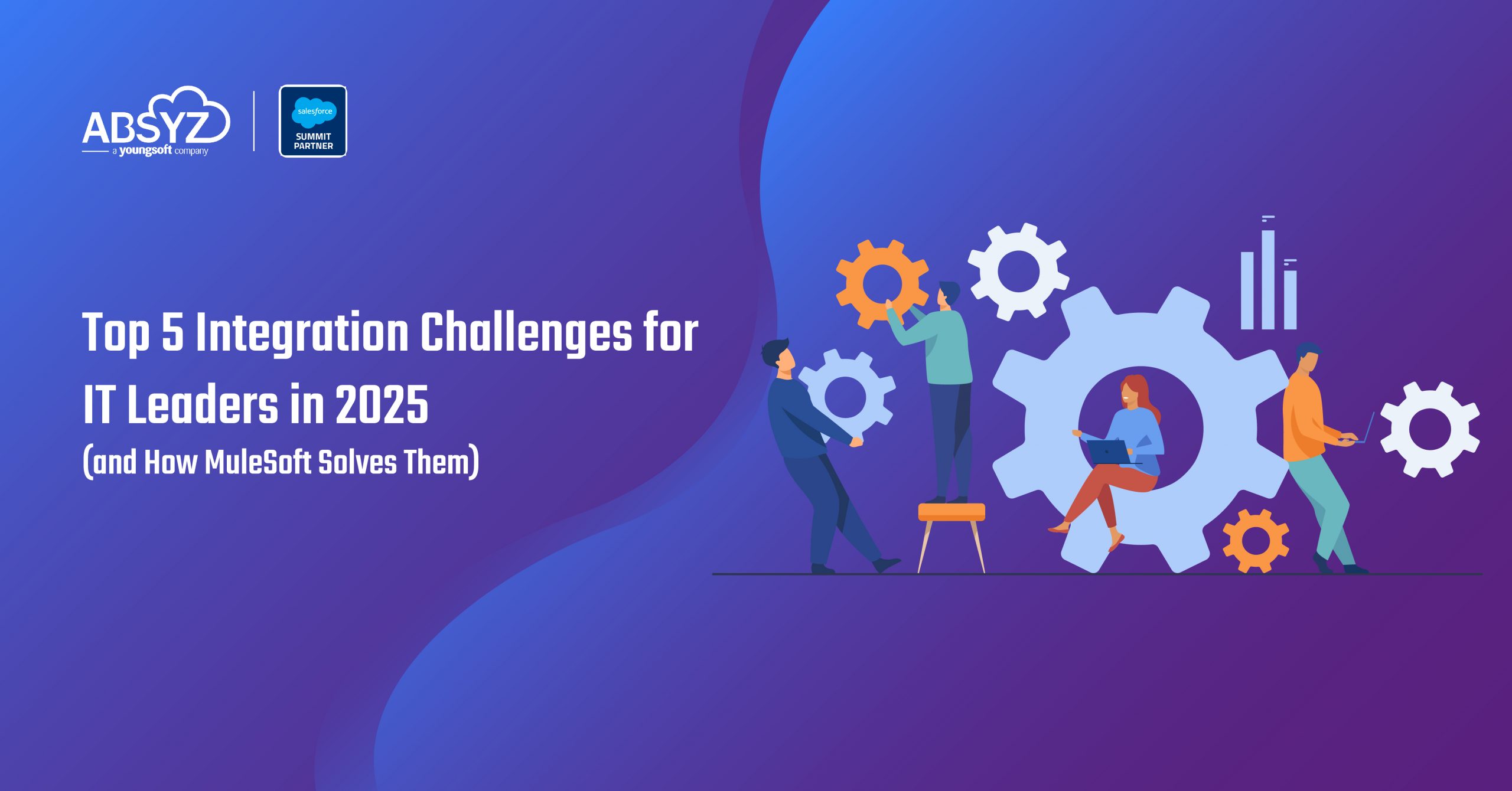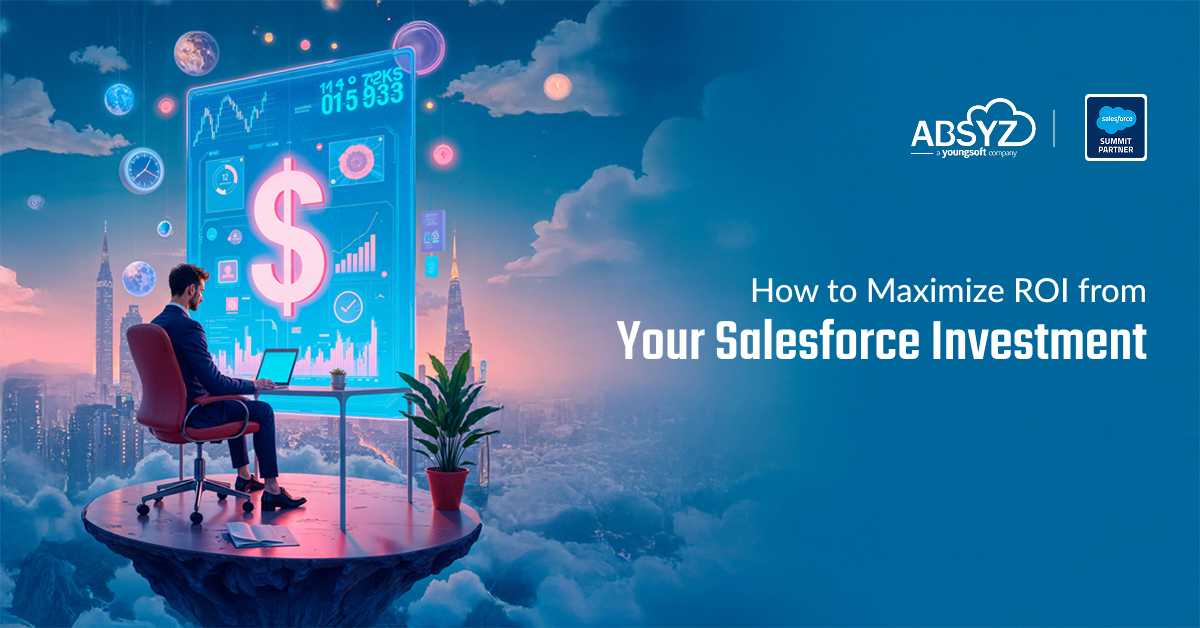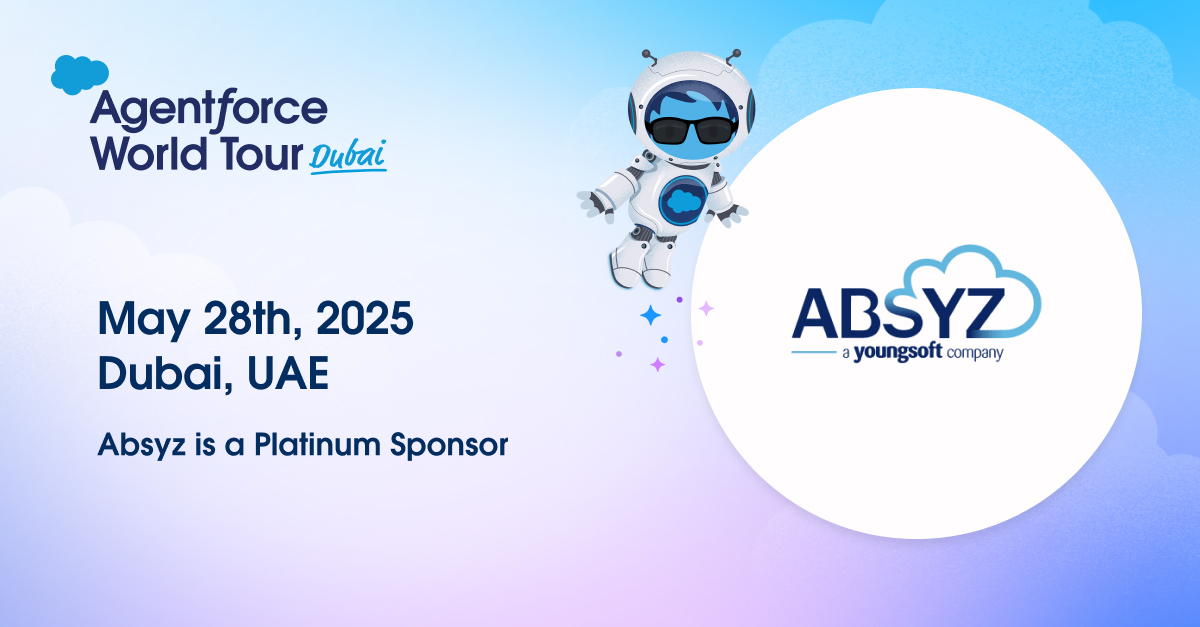The consumer goods industry is a global and interlinked network that provides livelihood to millions of people worldwide. But due to its magnitude & massive product chain starting from manufacturing to store shelves, this industry burdens the environment significantly. The times are changing, and so are consumers’ desire for businesses that strive to be environmentally conscious. All the more so, companies are looking for ways to adapt their business practices to meet consumer demands and be at the forefront of the net zero movement. But what does net zero really mean? If stated simply, net zero refers to the state of balance where the amount of GHG (Green House Gases) produced and the amount removed from the atmosphere is the same. Net-zero emissions will be realized when all GHG emissions released by human activities are counterbalanced by removing GHGs from the atmosphere.
In the CPG industry, it’s common that most of a company’s emissions come from upstream suppliers or downstream distribution, resulting in high Scope 3 emissions. Scope 3 emissions are those that are not produced by the company itself, and not the result of activities from assets owned or controlled by them, but by those that it is indirectly responsible for, up and down its value chain. An example of this is when we buy, use, and dispose off products from suppliers. These emissions are quite simply all the indirect emissions not included in scope 2, which are generally considered as purchased emissions, such as electricity, gas and emissions from other utilities. Not only are Scope 3 emissions challenging to calculate, but how do companies analyze where the major sources of emissions are in their supply chain? This is where Salesforce Net zero cloud comes into play. In its simplest form, Salesforce Net Zero Cloud allows the user to upload raw data from various emission sources and create in-depth reports using a configurable calculator based on pre-loaded or custom emission factors. It automatically converts all emissions from multiple sources into reportable metric tonnes of carbon dioxide equivalent (tCO2) which is a standardized unit for counting greenhouse gas emissions.
Supply chains have a positive scope for improvement to meet sustainability goals. The cycle accounts for more than 80% of GHG emissions and is responsible for more than 90% of impact on water, land, air, biodiversity, and geological resources. The GHG emissions from companies in the CPG industry are responsible for roughly 33 gigatons of CO2. This industry must remove about half of those emissions by 2050 to meet worldwide sustainability targets according to the Paris Agreement. The Paris Agreement, often referred to as the Paris Accords or the Paris Climate Accords, is an international treaty on climate change. Adopted in 2015, the agreement covers climate change mitigation, adaptation, and finance. The goal of this treaty is to keep global warming to no more than 1.5°C and for that the overall emissions need to be reduced by 45% by 2030 and reach net zero by 2050. If we look at the treaty goal from the CPG industry point of view, this industry will have to reduce their greenhouse gas emissions by 92% relative to revenues.
According to CDP’s Supply Chain: Changing the Chain environmental report for 2019 and 2020, one gigaton (one billion metric tons) of emissions could potentially be saved if suppliers increase their renewables purchasing by 20%. Achieving net-zero emissions means the economy either emits no greenhouse gas emissions or offsets its emissions, for example, through actions such as tree planting or employing technologies like Salesforce Net Zero Cloud that can capture carbon before it is released into the air through Carbon footprint forecasting and Science-based Targets.
The UNEP Emissions Gap Report 2022 highlights that the Group of 20 (Argentina, Australia, Brazil, Canada, China, France, Germany, India, Indonesia, Italy, Japan, Republic of Korea, Mexico, Russia, Saudi Arabia, South Africa, Turkey, the United Kingdom, the United States, and the European Union) are responsible for about 75 % of global greenhouse gas emissions. Out of these Nations, the United states and the European Union are the major contributors that alone emit a total of 37.5%
Conscious living is gaining traction as consumers want to contribute to sustainability and accommodate Eco-friendly choices. By enabling a carbon accounting solution like Salesforce Net Zero Cloud, consumer goods companies can achieve transparency within their company and their customers. Reducing carbon emissions is everyone’s business and Net Zero Cloud aims to create a ripple effect by offering carbon accounting solutions. This can drive urgent action amongst industries and consumers. In fact, the transition has already begun.


